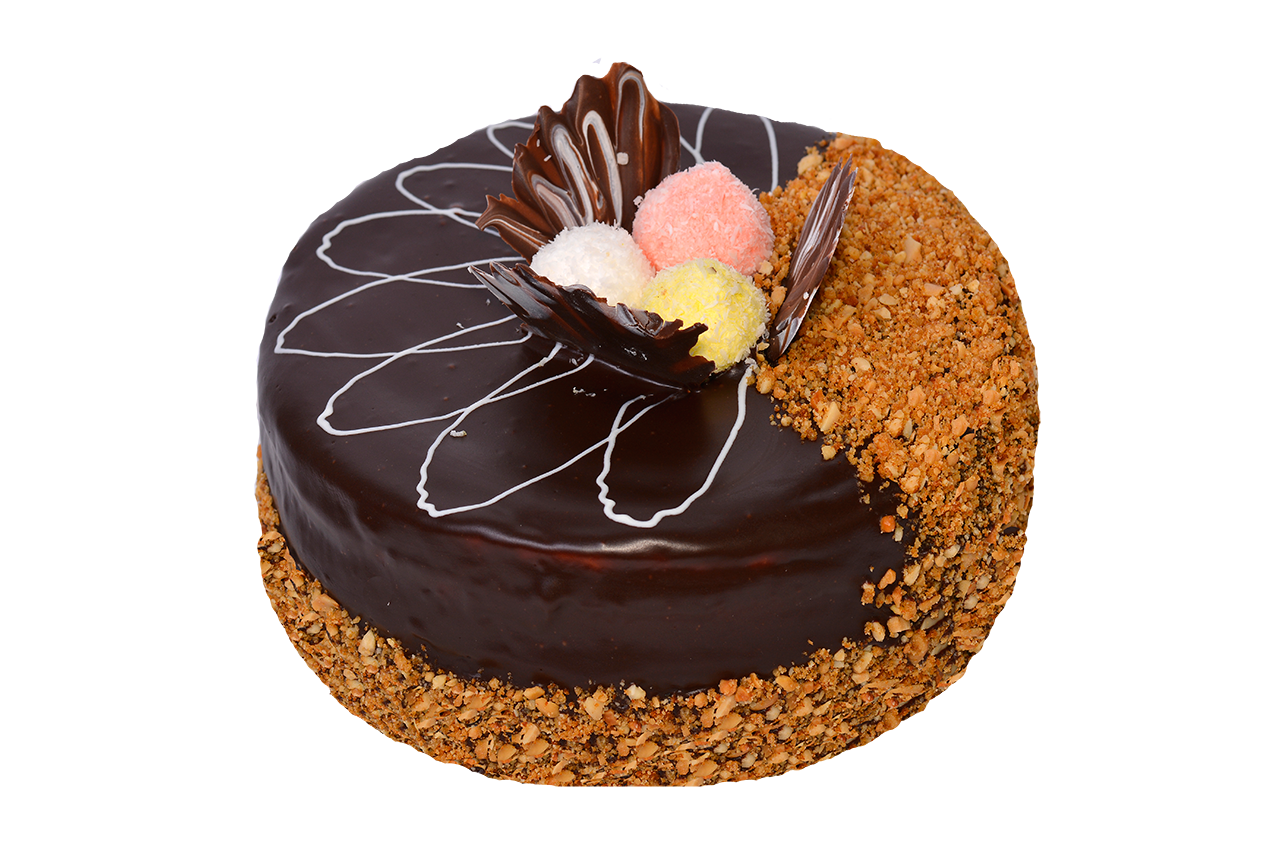
This image has format transparent PNG with resolution 1280x852.
You can download this image in best resolution from this page and use it for design and web design.
Cake PNG image with transparent background you can download for free, just click on download button.
Cake is a form of sweet food made from flour, sugar, and other ingredients, that is usually baked. In their oldest forms, cakes were modifications of bread, but cakes now cover a wide range of preparations that can be simple or elaborate, and that share features with other desserts such as pastries, meringues, custards, and pies.
The most commonly used cake ingredients include flour, sugar, eggs, butter or oil or margarine, a liquid, and leavening agents, such as baking soda or baking powder. Common additional ingredients and flavourings include dried, candied, or fresh fruit, nuts, cocoa, and extracts such as vanilla, with numerous substitutions for the primary ingredients. Cakes can also be filled with fruit preserves, nuts or dessert sauces (like pastry cream), iced with buttercream or other icings, and decorated with marzipan, piped borders, or candied fruit.
Cake is often served as a celebratory dish on ceremonial occasions, such as weddings, anniversaries, and birthdays. There are countless cake recipes; some are bread-like, some are rich and elaborate, and many are centuries old. Cake making is no longer a complicated procedure; while at one time considerable labor went into cake making (particularly the whisking of egg foams), baking equipment and directions have been simplified so that even the most amateur of cooks may bake a cake.
he term "cake" has a long history. The word itself is of Viking origin, from the Old Norse word "kaka".
The ancient Greeks called cake πλακοῦς (plakous), which was derived from the word for "flat", πλακόεις (plakoeis). It was baked using flour mixed with eggs, milk, nuts, and honey. They also had a cake called "satura", which was a flat heavy cake. During the Roman period, the name for cake became "placenta" which was derived from the Greek term. A placenta was baked on a pastry base or inside a pastry case.
The Greeks invented beer as a leavener, frying fritters in olive oil, and cheesecakes using goat's milk. In ancient Rome, the basic bread dough was sometimes enriched with butter, eggs, and honey, which produced a sweet and cake-like baked good. Latin poet Ovid refers to his and his brother's birthday party and cake in his first book of exile, Tristia.
Early cakes in England were also essentially bread: the most obvious differences between a "cake" and "bread" were the round, flat shape of the cakes, and the cooking method, which turned cakes over once while cooking, while bread was left upright throughout the baking process.
Sponge cakes, leavened with beaten eggs, originated during the Renaissance, possibly in Spain.
Cakes are broadly divided into several categories, based primarily on ingredients and mixing techniques.
Although clear examples of the difference between cake and bread are easy to find, the precise classification has always been elusive.
Although clear examples of the difference between cake and bread are easy to find, the precise classification has always been elusive. For example, banana bread may be properly considered either a quick bread or a cake. Yeast cakes are the oldest and are very similar to yeast bread. Such cakes are often very traditional in form and include such pastries as babka and stollen.
Cakes may be classified according to the occasion for which they are intended. For example, wedding cakes, birthday cakes, cakes for first communion, Christmas cakes, Halloween cakes, and Passover plava (a type of sponge cake sometimes made with matzo meal) are all identified primarily according to the celebration they are intended to accompany. The cutting of a wedding cake constitutes a social ceremony in some cultures. The Ancient Roman marriage ritual of confarreatio originated in the sharing of a cake.
Particular types of cake may be associated with particular festivals, such as stollen or chocolate log (at Christmas), babka and simnel cake (at Easter), or mooncake. There has been a long tradition of decorating an iced cake at Christmas time; other cakes associated with Christmas include chocolate log and mince pies.
A Lancashire Courting Cake is a fruit-filled cake baked by a fiancée for her betrothed. The cake has been described as "somewhere between a firm sponge – with a greater proportion of flour to fat and eggs than a Victoria sponge cake – and a shortbread base and was proof of the bride-to-be's baking skills". Traditionally it is a two-layer cake filled and topped with strawberries or raspberries and whipped cream.
In this page you can download free PNG images: Cake PNG images free download, birthday cake PNG images free download